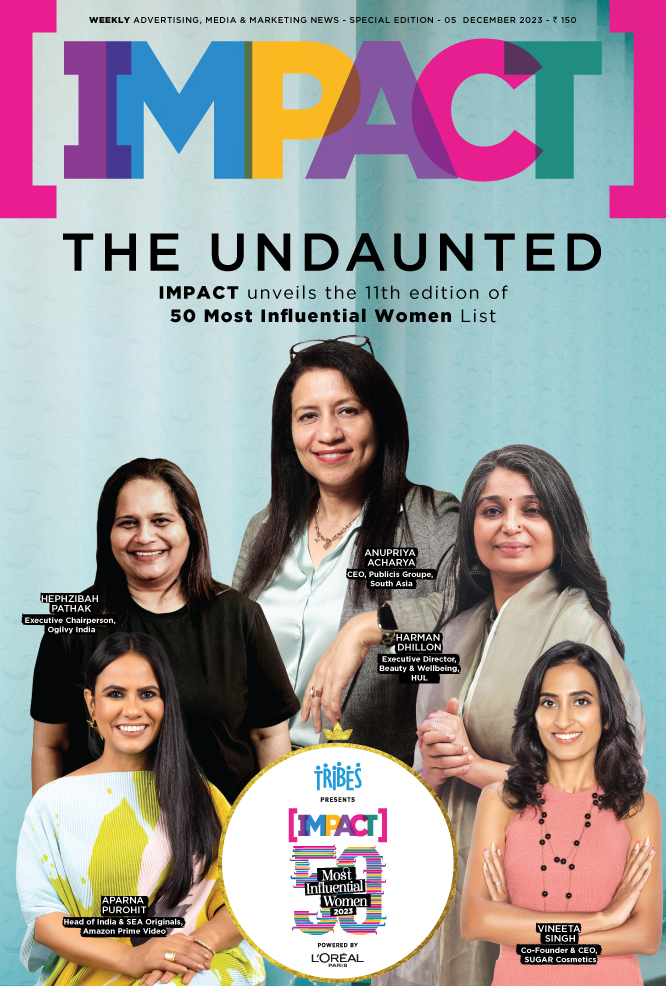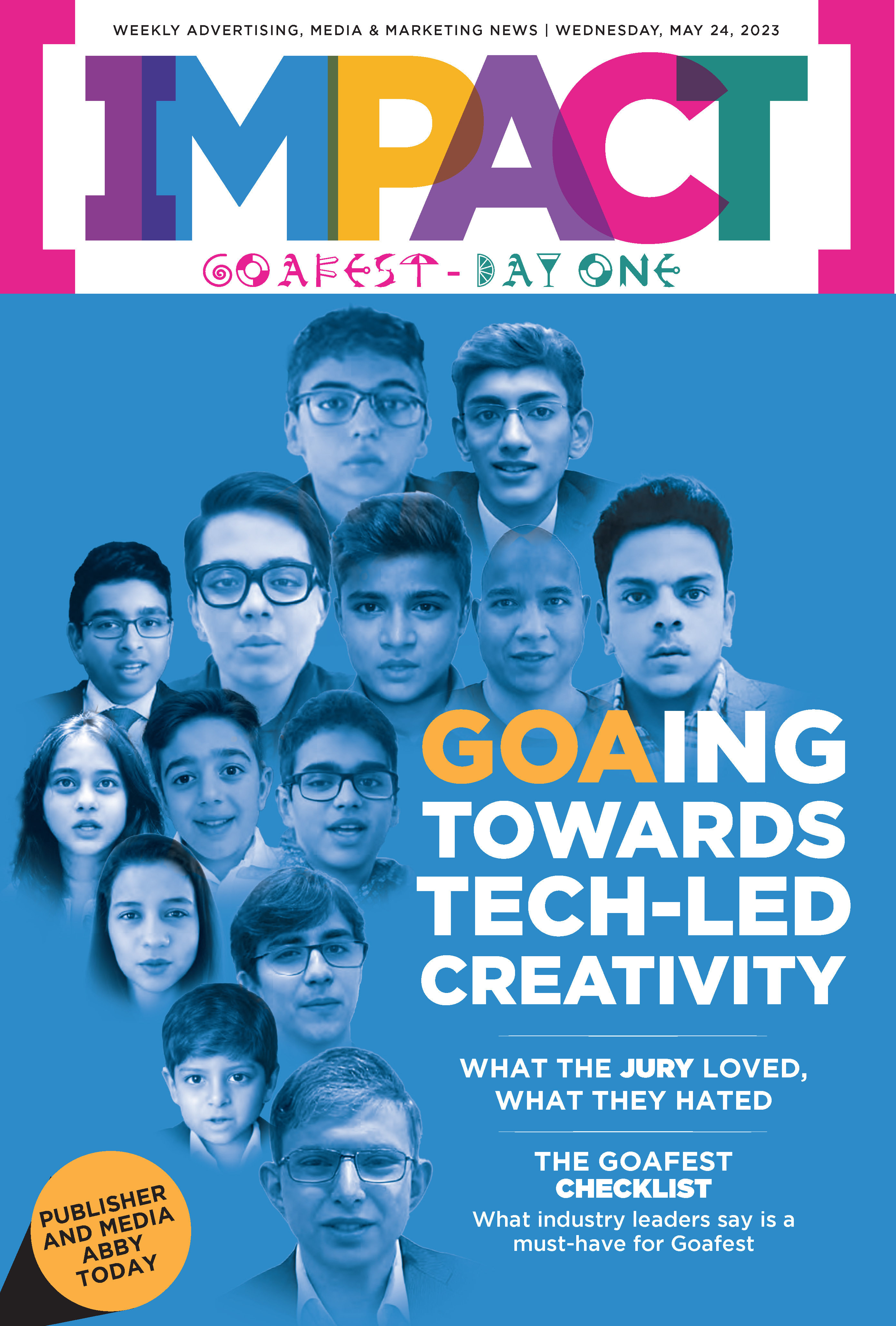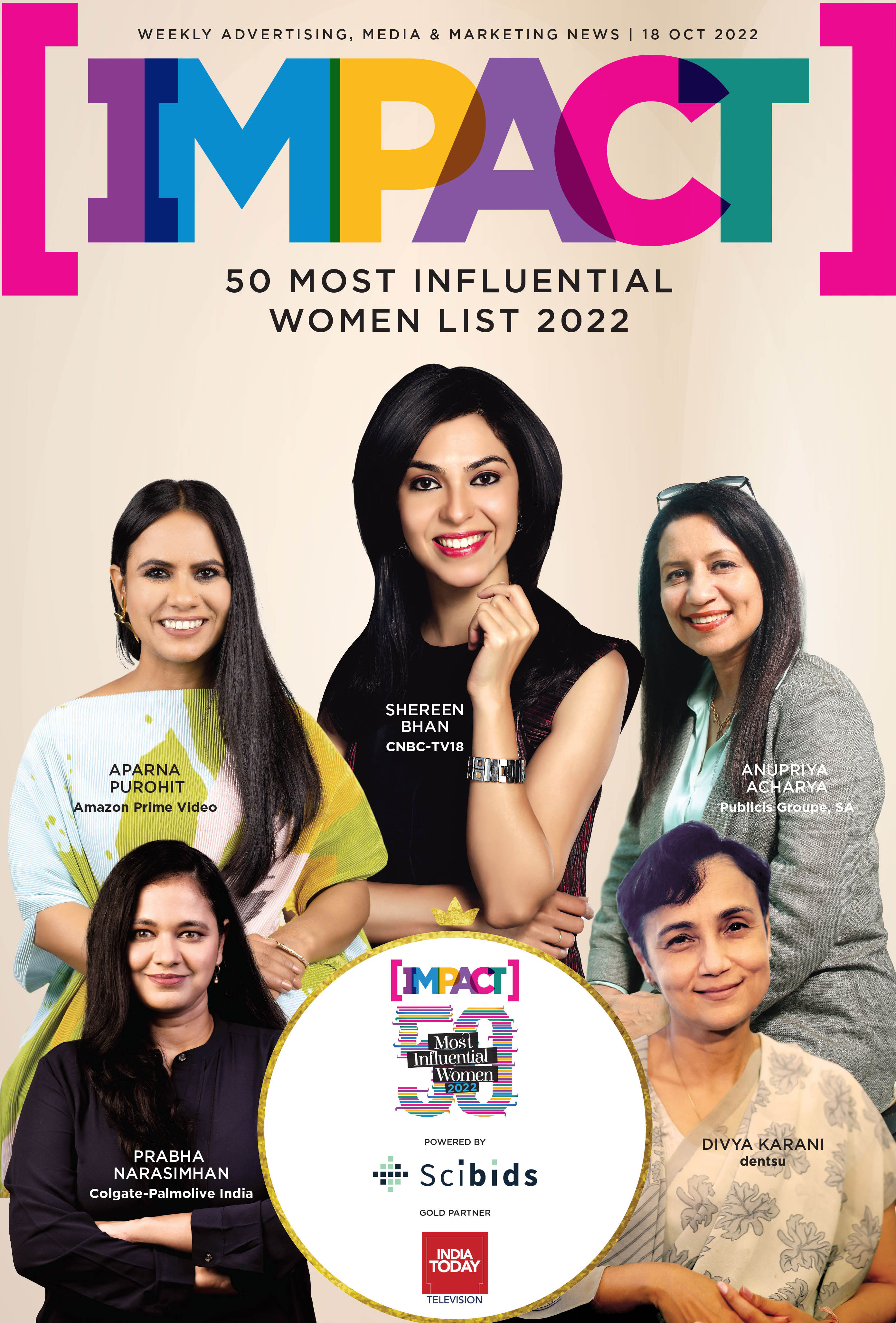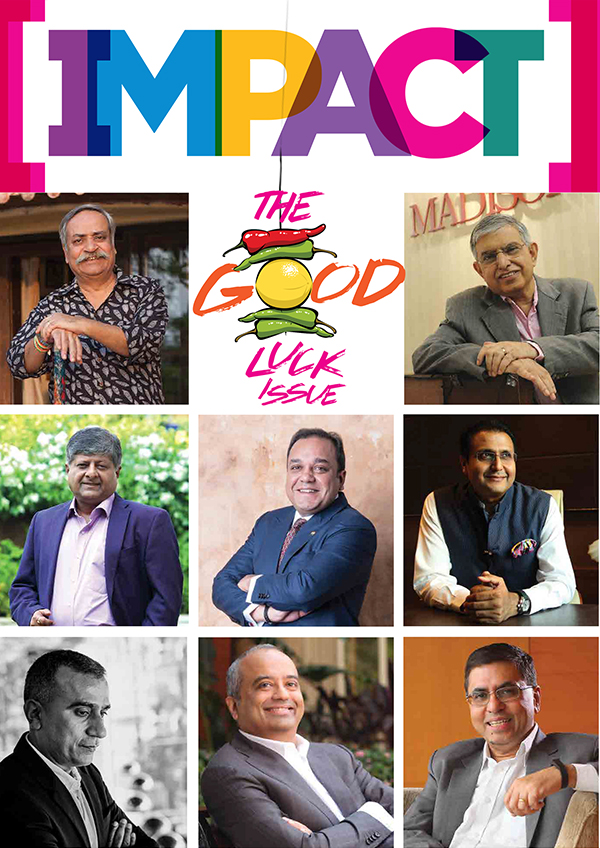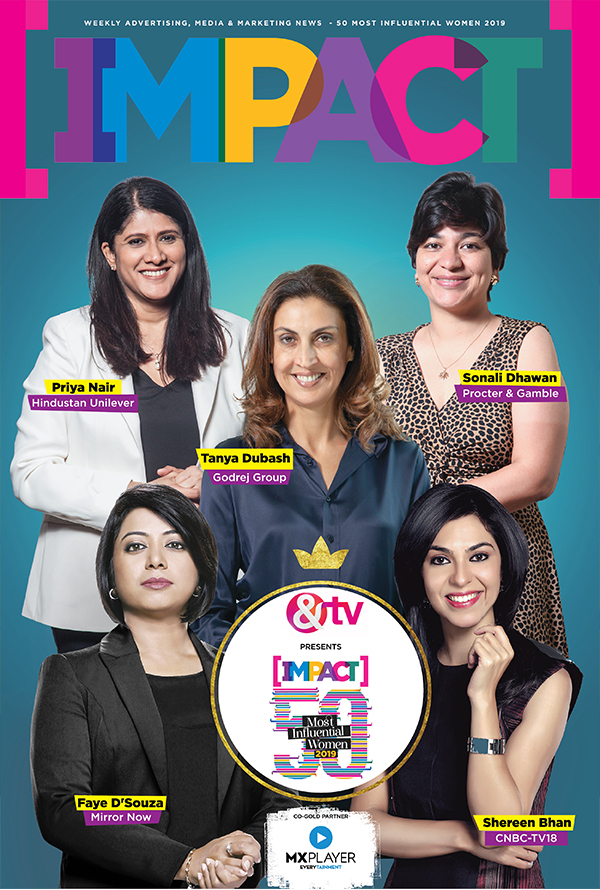India has entered a transformative phase with the full implementation of the Digital Personal Data Protection (DPDP) Act and its accompanying rules. The legislation, which tightens norms around the collection, storage, and processing of personal data, is forcing brands and agencies to re-evaluate their digital strategies. AI-driven targeting, personalisation, and creative optimisation are now under heightened scrutiny, signaling a major reset for the industry.
Industry insiders say the focus has shifted from mere efficiency in ad delivery to compliance and consumer trust. From first-party data collection to the deployment of contextual ads, companies are auditing every step of their data usage to align with the DPDP framework.
Gopa Menon, Co-founder and COO, Theblurr, describes the shift as nothing short of foundational. “The DPDP Act has created a fundamental shift in how personalisation systems are designed and deployed,” Menon says, noting that consent is no longer an added layer but the core of the technology. “The industry is now building with consent as the foundation, which changes the entire technical architecture. I feel this should have been the case from day one.”
According to Menon, as persistent tracking and long-term profile building recede, the industry is moving toward more immediate, contextual personalisation—models that respond in the moment rather than rely on deep historical trails. “AI models are being retrained to work with smaller, consent-verified datasets. Engines now need to deliver relevant experiences without relying on extensive historical data or cross-platform identifiers,” he says.
Raahul Seshadri, Director - AI & Tech, WebEngage, shares that DPDP rules mandate tighter control over data sharing and usage, with the ability to revoke consent at any time. This makes a Data Fiduciary's role challenging, especially when data sits across multiple processors.
He notes that WebEngage's premium solution to this is ZeroPII™, which lets customers use its CDP without transmitting or storing any sensitive PII with the company. “All sensitive data stays within the customer's premises, removing the burden of downstream compliance. In addition, WebEngage offers dedicated APIs for data requests, erasure, and communication preference propagation, which enables brands to confidently personalise marketing on first-party data while staying fully compliant with the DPDP Act,” he says.
AI tools, long the backbone of programmatic marketing, are being re-engineered to operate within these stricter boundaries. At the same time, consent managers are emerging as key players in the advertising ecosystem. These platforms, which track and manage user permissions in real-time, are rapidly becoming the gatekeepers of data access.
Bhavesh Talreja, Founder and CEO, Globale Media, believes that consent managers will become the new gatekeepers of data flow, affecting everything from impression tracking to audience creation. Segmentation accuracy may dip initially, but stabilises as brands rework funnels to earn opt-ins. “In the long run, consent managers will drive standardised, consent-aware segmentation and ensure tracking is built on authenticated, compliant data rather than legacy pixels,” he says.
Rajiv Dingra, Founder and CEO, ReBid, also agrees that consent managers will indirectly limit the volume of personalised creatives needed but in a productive way. According to him, consent managers don’t kill personalisation but force brands to focus on segments that actually want personal experiences.
“As consent rates drop for highly granular tracking, the creative strategy naturally shifts towards fewer, smarter, high-intent cohorts, dynamic templates instead of micro-variants, and more contextual and moment-driven messaging. Instead of producing 500 permutations for micro-audiences, brands are now creating 20–30 high-performing variants designed to serve clear, consented cohorts. It makes creative production more efficient and more compliant,” he explains.
With the Act reshaping India’s digital landscape, agencies are now guiding brands to rethink targeting, personalisation, and creative storytelling within consent boundaries. Dingra states three major shifts are underway. First, brands are moving from 1:1 targeting to many relevance. Agencies are encouraging contextual targeting, smart cohorting, and narrative-driven campaigns rather than relying on hyper-personalised data. Second, creatives are increasingly built on first-party signals instead of third-party surveillance data.
“DPDP makes platform ownership non-negotiable because only the brand, as the Data Fiduciary, can authorise how its customer data is processed inside walled gardens,” says Dingra, emphasising the importance of brands owning their Google and Meta ad accounts. Third, AI tools are being redesigned for auditability, ensuring campaigns remain innovative while fully compliant. Tools like ReBid now embed consent governance, data lineage, and complete audit trails.
Contextual advertising is emerging as a key strategy in this new landscape. Unlike predictive models that rely heavily on personal data, contextual approaches leverage real-time environmental cues such as content type, page context, or situational relevance to deliver ads that resonate without breaching consent mandates. Talreja explains, “Contextual advertising won’t replace predictive algorithms, it will re-balance them. Under DPDP, predictive models that rely on behavioural or personal identifiers face higher compliance scrutiny, while contextual signals remain entirely privacy-safe.”
However, he adds that predictive algorithms are far from obsolete and the future lies in hybrid intelligence contextual AI enriched with anonymised, consented first-party signals. “Brands are already shifting 15–20% of budgets toward contextual placements in high-frequency categories like FMCG, gaming, and quick commerce. India is now moving from identity-led targeting to intent-led and environment-led optimisation, ensuring campaigns achieve scale, personalisation, and ROI while remaining privacy-first,” he remarks.


















